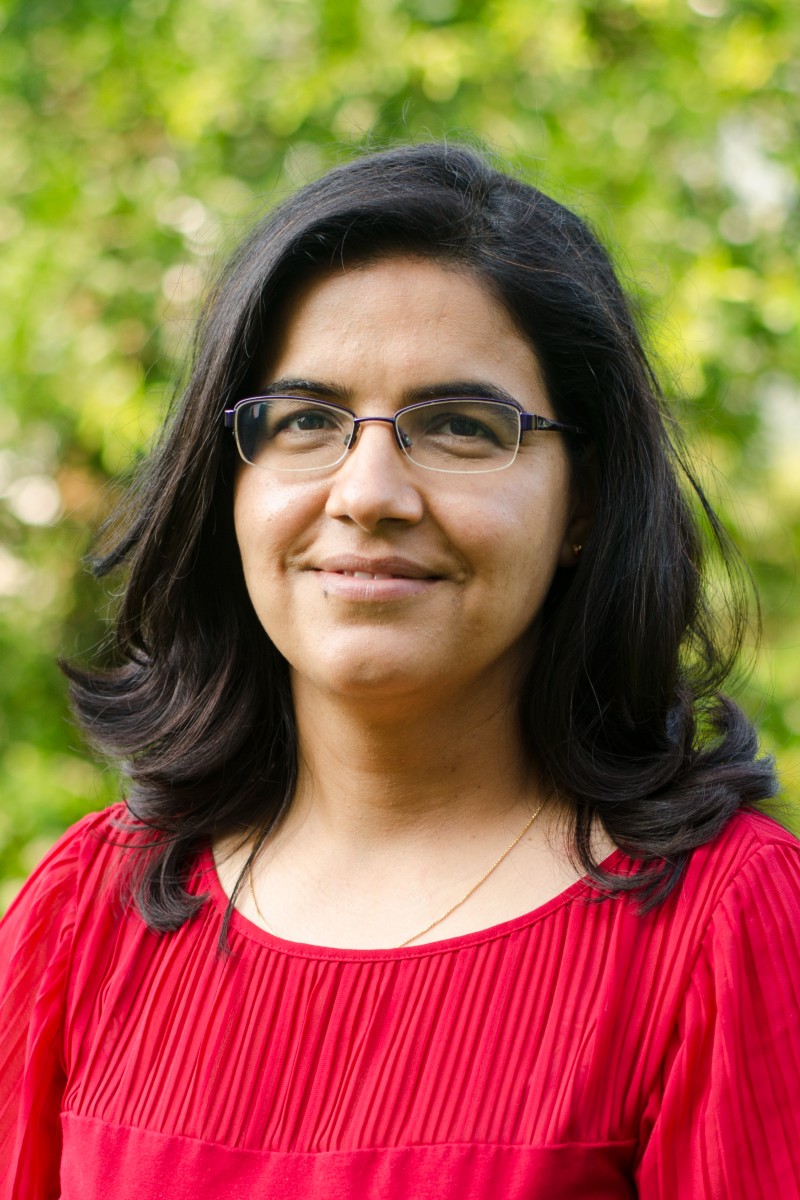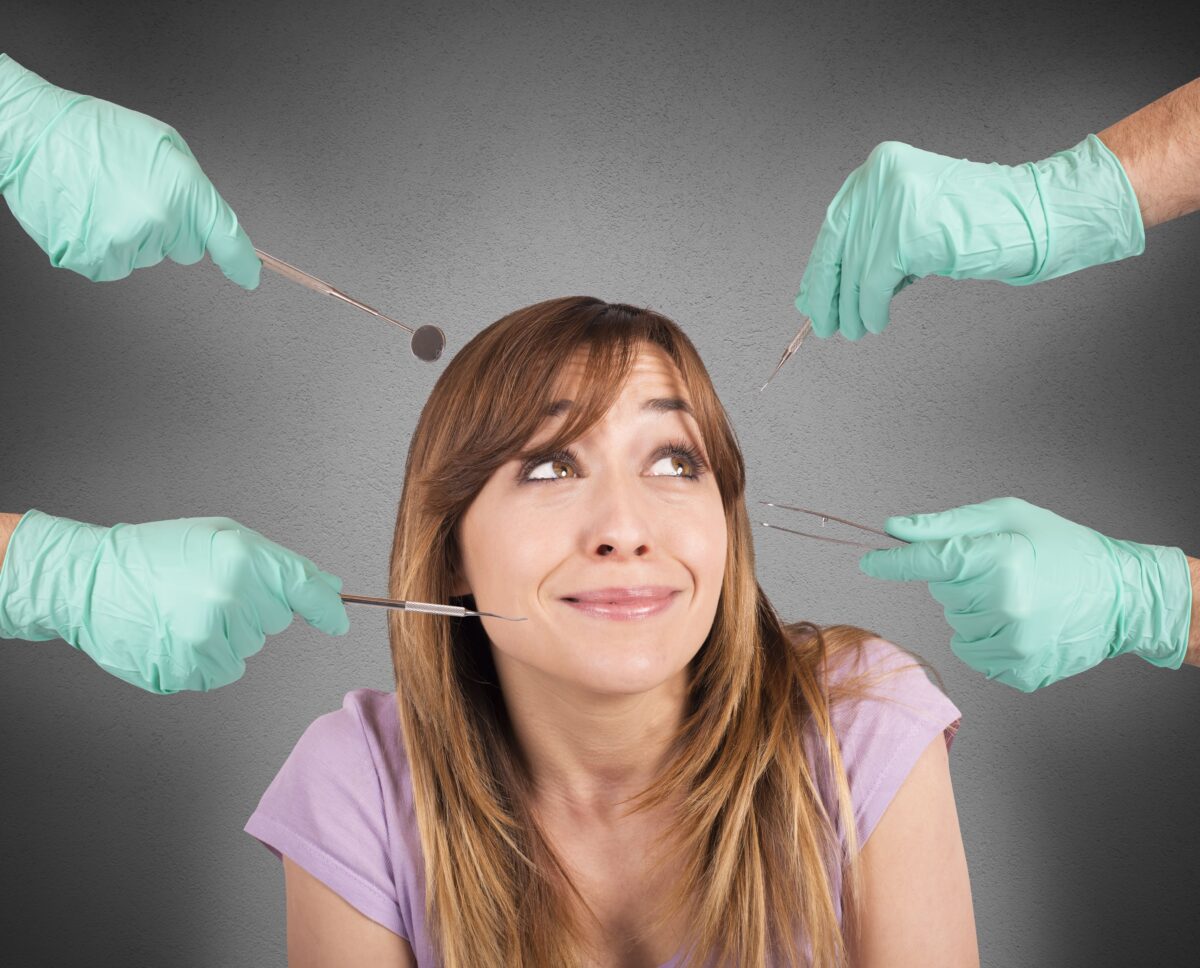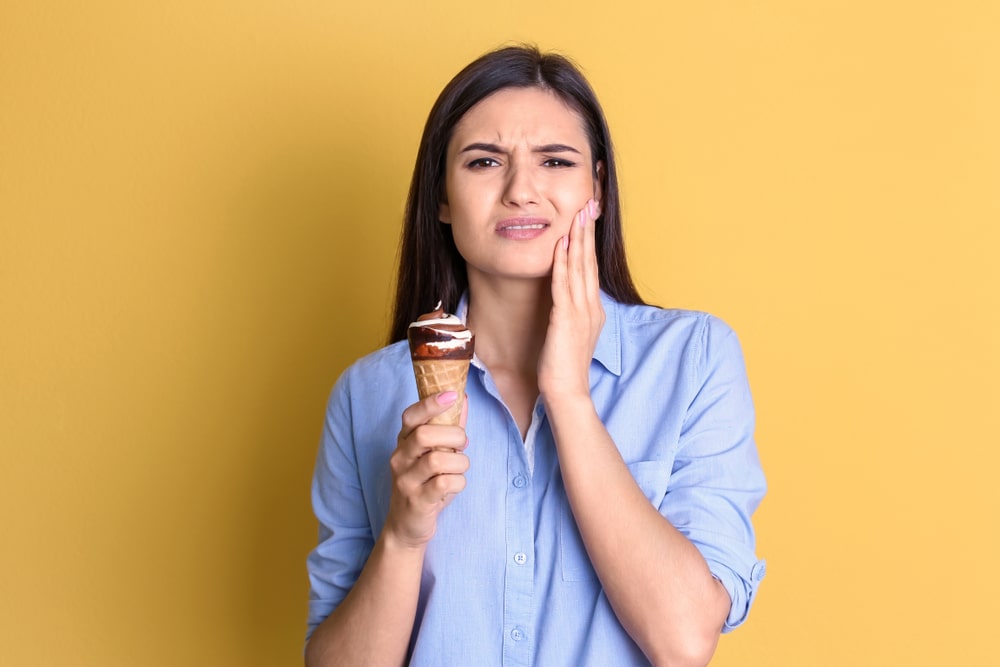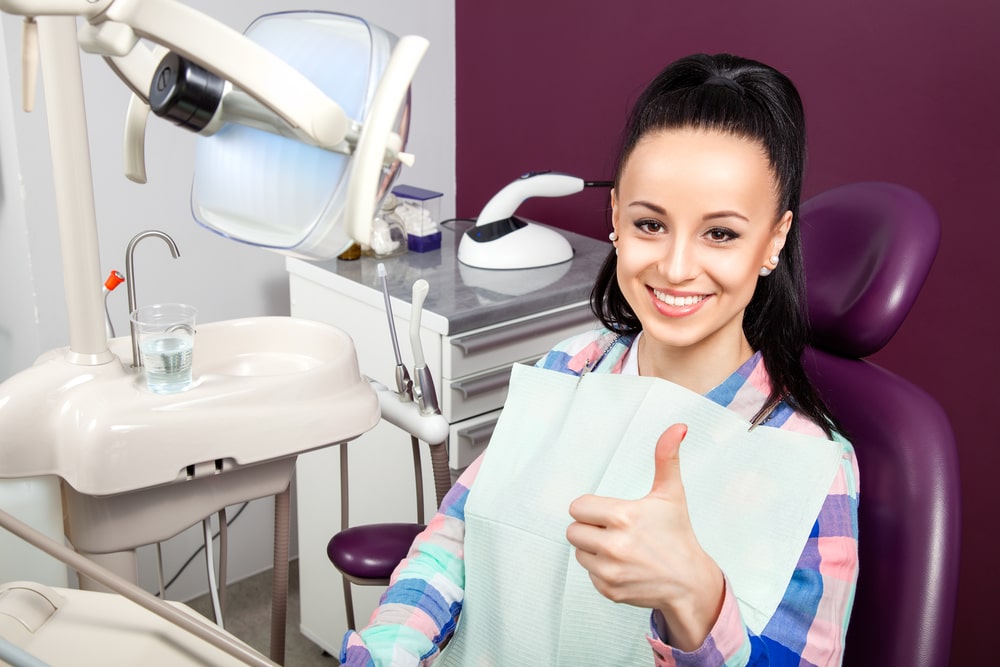Dentistry has always been at the forefront of adopting technology that improves patient care. In recent years, one such tool has revolutionized the way dental professionals diagnose and communicate with their patients: the intraoral camera. This tiny diagnostic device provides a detailed view of the mouth’s interior, allowing dentists to identify problems more accurately and foster a better understanding of oral health conditions among patients.
What is an Intraoral Camera?
An intraoral camera is a small, handheld device with a high-resolution camera that enables dentists to take clear and detailed images of the hard-to-reach areas inside a patient’s mouth. These small, handheld devices are about the size and shape of a dental mirror and have a built-in light source to illuminate the inspection area. Equipped with high-resolution cameras, they capture clear, close-up images of teeth and gums, which are then displayed in real-time on a computer screen. This real-time visualization allows both the dentist and patient to see the condition of the mouth from angles that are not possible with traditional mirrors. The images captured can be frozen and saved to a patient’s digital record for future reference. Moreover, this visual aid is not only helpful for identifying dental issues, such as cavities, tartar build-up, or cracked teeth, but also serves as an educational tool to better inform patients about their oral health and the treatments they may need.
Advantages of Intraoral Cameras in Dental Practices
Improved Diagnostic Accuracy
The high magnification and lighting of intraoral cameras enable dentists to see cracks, caries, and malformations in teeth that might be missed by the naked eye. Enhanced visualization allows for earlier detection of issues, which can lead to more conservative treatments and better outcomes for patients.

Enhanced Patient Education and Engagement
Dentists can use the images captured by intraoral cameras to educate patients about their dental health. This visual aid helps in explaining complex dental conditions and the need for proposed treatments, thereby helping patients make informed decisions.
Better Documentation and Record Keeping
Images taken by intraoral cameras can be saved to a patient’s file, providing a detailed dental record that can be invaluable for tracking the progression of dental issues over time. These records can also be useful for insurance claims and in cases where legal documentation may be required.
Improved Communication with Other Dental Professionals
Intraoral camera images can easily be shared with other dental professionals, facilitating referrals and specialist consultations. When a patient needs to be referred to an orthodontist, periodontist, or oral surgeon, having detailed images available can make transitions smoother and more efficient.
Higher Quality Care
The precision of intraoral cameras allows for a more meticulous examination and can aid in the application of treatments by offering a clear field of view. This high level of detail ensures that restorative work, such as fillings and crowns, fits better and is more aesthetically pleasing.
The Patient Experience
In addition to the clinical benefits, the use of intraoral cameras significantly enhances the patient experience. Many patients are more comfortable when they can see what the dentist sees and understand the need for certain procedures. This transparency builds trust and alleviates anxiety, as patients are less likely to fear the unknown.
Conclusion
The use of intraoral cameras represents a paradigm shift in dental care, providing a plethora of benefits to both patients and dental professionals. By enhancing the accuracy of diagnoses, improving patient education, and facilitating better communication, these devices help ensure that dental care is not just effective but also a more engaging and less intimidating experience for patients. With ongoing advancements in dental technology, the intraoral camera is an excellent example of how innovative tools can lead to better health outcomes and more patient-centered care. As we continue to embrace such technologies, the future of dental care looks brighter – and much more detailed – than ever before.

Dr. Snehlata Kulhari completed her Bachelors of Dental Surgery (BDS) at Government Dental College in Punjab, India and her Doctor of Dental Medicine (DMD) degree at the Henry M. Goldman School of Dental Medicine in Boston. She has been practicing dentistry since 2011 and has founded Smile Mantra Family Dentistry to provide dental care and education to the community of Cary, NC. Dr. Kulhari stays up to date on the latest dental research and advancements in order to offer her patients exceptional dental care.



